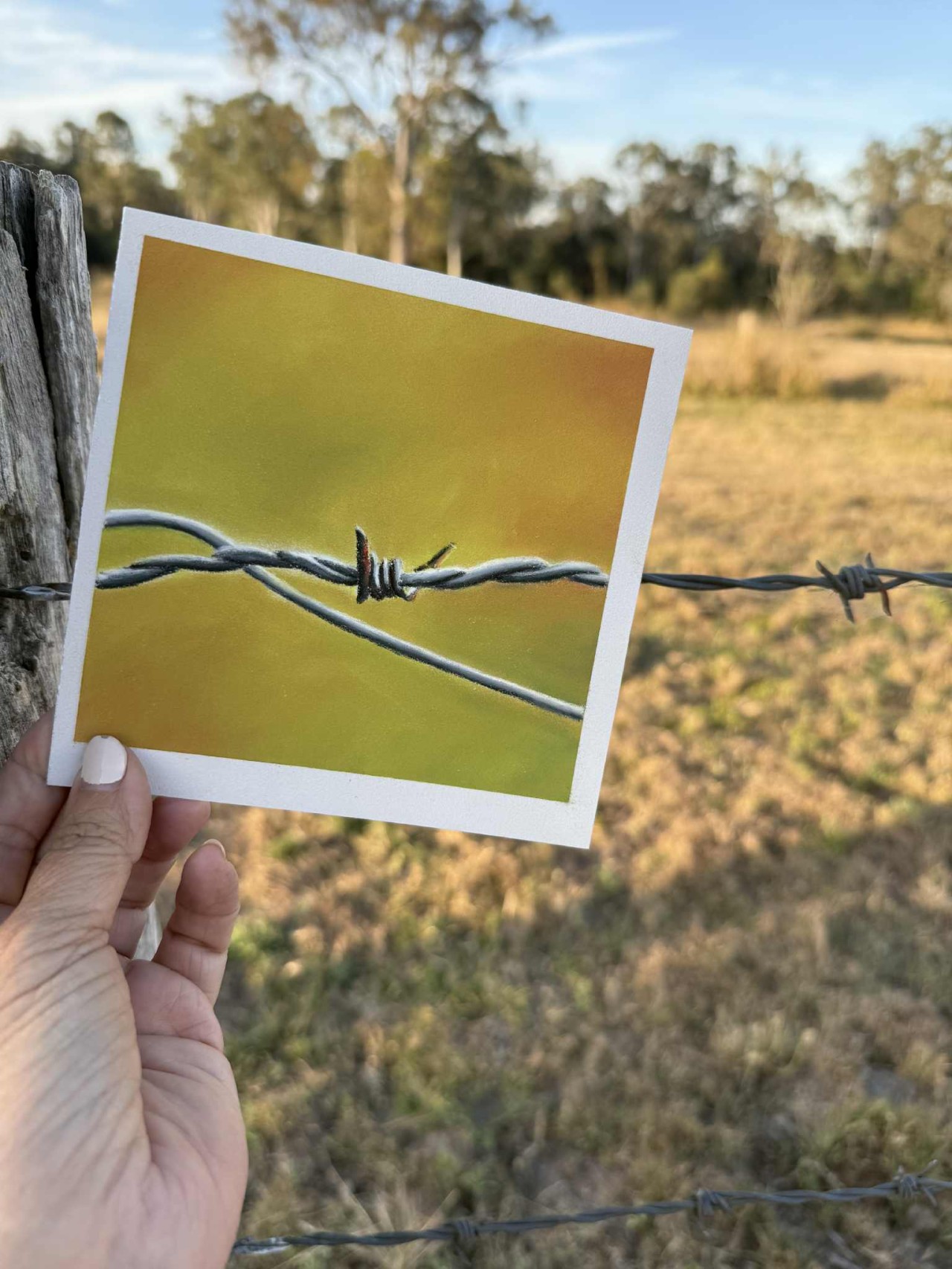Enhancing Drawing Skills: The Power of Animal Anatomy and Gesture Drawing
Learn how understanding skeletal structures, practicing gesture drawing, and embracing the importance of practice can elevate your drawing skills.
The Power of Animal Anatomy and Gesture Drawing
Elevate Your Drawing Skills: Insights from Kerri's Artistic Journey

Drawing is a skill that evolves through continuous learning and practice. In this blog post, we delve into the valuable insights shared by Kerri, an experienced artist, on the transformative power of studying animal anatomy and practicing gesture drawing. Whether you're a dedicated animal artist or a portraiture enthusiast working with people, Kerri's wisdom and recommendations can significantly enhance your artistic abilities.
Understanding Skeletal Structure and Muscles:

The significance of comprehending both animal and human skeletal structures and muscles. By immersing oneself in anatomy books, particularly those focused on bird anatomy and general animal anatomy, artists gain a profound understanding of the
foundational structures that breathe life into their creations. This knowledge empowers artists to accurately portray the form, proportions, and movements of their subjects, whether they have fur, feathers, or skin.
The Role of Gesture Drawing:
Gesture drawing emerges as a powerful technique to capture the essence and movement of animals. Through timed drawing exercises and online resources, artists can develop their ability to swiftly observe and translate the dynamic nature of animals onto paper. I suggest approaching zoo visits as invaluable opportunities for study, enabling artists to capture the unique characteristics and behaviors of the animals they hold.
Why Gesture Drawing is good for you :
It teaches you to look and observe
It teaches you stroke direction
It teaches you to be bold and confident in your strokes
Work light to dark, gradually increasing pressure as you are more confident with placement
Look for large masses, biggest shapes
Look for landmarks, bones, ears etc.
Don’t worry about outlines
Great for warming up before a painting
Gives you ideas for composition and future paintings
The Importance of Practice and Reference:
Keeping drawings for reference allows artists to track their progress and identify areas for improvement. Embracing the inevitability of "bad" drawings is key, as it is through these mistakes that growth and improvement occur. Through consistent practice and experimentation with various techniques, artists can refine their skills and develop a distinctive artistic style.
The Creative Barn Membership Program:
Creative Barn membership program is a treasure trove of artistic guidance, focusing on pastel, charcoal, and graphite techniques. While imparting knowledge on these mediums, Kerri also highlights the significance of sketching and offers tutorials on utilizing the scale tool.
Conclusion:
Improving drawing skills is a rewarding journey that demands dedication and a hunger for knowledge. Kerri's insights, spanning the study of animal anatomy, gesture drawing, and the importance of practice, provide invaluable guidance for artists seeking to enhance their drawing skills. So, grab your sketchbook, immerse yourself in the world of animal anatomy, and let your drawings come to life with newfound skill and confidence. As Kerri reminds us, it's a journey of continuous learning, where even the 'bad' drawings pave the way for the creation of exceptional art.
Ready to take your artistic journey to the next level? Join our vibrant Facebook Group community today and unlock your free PDF guide on building confidence as an artist. Let's embark on this creative adventure together!
Click the link here to start your adventure!
Kerri xx
Categories: : beginner, educational

Want to learn about Soft Pastels?
Click on the button to register and get instant access to the free Pastel Basics for Beginners workshop.
Listen as I walk you through the essentials supplies needed to get started in Pastel painting.
I teach you how to create this little barbed wire piece during the class. Everything you need is in the PDF workbook you'll receive when you register.
 Kerri Dixon
Kerri Dixon 
